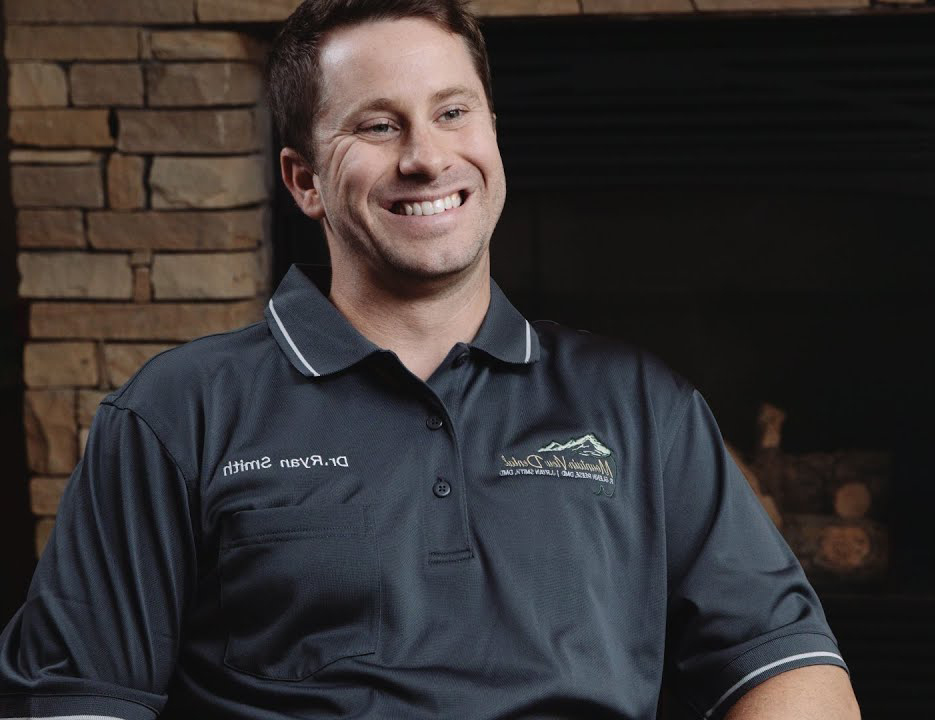You know the feeling. You look at a beautifully productive schedule, only to see it: an empty chair where a high-value procedure was supposed to be. That gap isn’t just an inconvenience; it’s the sound of lost revenue, wasted prep time, and a slot that a patient in pain could have used.
No-shows and last-minute cancellations are a plague on practice productivity. The common response? A no-show fee. But let’s be honest: that’s a losing battle. It creates conflict with unreliable patients and penalizes your best ones who feel terrible for a genuine emergency.
It’s time for a better way. A proactive, multi-layered system designed to build patient commitment and minimize no-shows before they happen. This is how you protect your time, your team, and your bottom line.
The Critical Mindset Shift: It’s a System Problem, Not a Personal Insult
First, we have to change how we think. A no-show isn’t a personal attack on your value as a clinician. It’s a symptom of a weak system. It signals one of two things:
- The patient places a very low value on the appointment.
- A barrier (like finances or fear) has become too large to overcome.
Our job isn’t to punish the outcome; it’s to build so much value and commitment around the appointment that not showing up feels like a bigger deal to the patient than it does to us. A proactive system will always beat a reactive penalty.
The #1 Strategy: Get Financial Commitment Upfront
The single most powerful way to prevent no-shows is to resolve the finances before the appointment is scheduled.
When a patient has a financial investment, their commitment level skyrockets. They have skin in the game. For any appointment over an hour in the doctor’s chair—think crowns, implants, or significant cosmetic work—collecting a deposit or the patient’s full co-pay at the time of scheduling should be your standard operating procedure.
Train your team to make this the normal, expected step:
“Okay Mrs. Jones, we have you scheduled for your crown prep on Tuesday at 10 am. Your estimated portion for that visit will be $450. How would you like to take care of that today to reserve your time with the doctor?”
This simple script does two incredible things: it dramatically reduces no-shows and it de-risks the appointment. If they still fail to show, you haven’t lost the entire production value.
Watch the video for a full breakdown of this no-show prevention system.
How to Handle the “I Need to Cancel” Call
This is a critical moment. Your team’s response can either devalue your time or reinforce it. “Okay, no problem” is the worst possible response.
Instead, train your team to be empathetic problem-solvers who value the doctor’s time.
- Patient: “Hi, I need to cancel my appointment with Dr. Smith tomorrow.”
- Team Member (with empathy): “Oh no, I’m so sorry to hear that. Is everything okay?”
- (After patient’s reason): “I completely understand. Dr. Smith has set aside this hour specifically for you, and we have everything prepared. We really want to make sure we keep your treatment on track. Is there anything at all we can do to help you make it to your appointment?”
This gentle resistance often works. If they persist, immediately try to rebook them, reinforcing that the time is a reserved, valuable commodity.
The Firm but Fair Policy for Repeat Offenders
What about the patient who simply doesn’t show up, no call at all? This requires a clear, consistently enforced policy.
- First No-Show: A Call of Concern. The doctor or office manager should call. “Hi Mr. Jones, this is Dr. Smith. We missed you today and I just wanted to call and make sure everything is alright.” It’s non-confrontational. Then, “We had that time reserved just for you. Let’s find another time you are absolutely certain will work.” This is their one moment of grace.
- Second No-Show: The “Same-Day Call List.” They have proven to be unreliable. The conversation is polite but firm. “Mrs. Smith, I see we’ve now had two appointments missed without notice. To be fair to all our patients, our policy is to now place you on our ‘same-day call list.’ You are welcome to call us any morning, and if we have an opening that day, we would be delighted to see you.”
You haven’t fired them. You’ve simply protected your valuable, pre-scheduled time. The responsibility is now 100% on them. This is far more effective than fighting over a $50 fee.
Differentiating Hygiene vs. Doctor No-Shows
It’s important to understand the different drivers for no-shows on each schedule.
- Hygiene No-Shows = Low Perceived Value. The solution lies with the hygienist. They must build clinical value for the next visit. Instead of “See you in six months,” it should be, “Mrs. Jones, I’m watching this one deeper pocket on your upper left. At your next visit, we’re going to re-measure it carefully to ensure it’s stable.” This creates a clinical “cliffhanger” that makes the appointment feel necessary.
- Doctor No-Shows = Fear or Finances. This is why the financial commitment strategy is so critical for the doctor’s schedule. By collecting payment upfront, you remove one of the biggest barriers long before the appointment day.
By building these proactive systems, you create a culture where time is respected and your schedule is protected. Stop letting empty chairs dictate your day’s success and start implementing a framework that puts you back in control.

